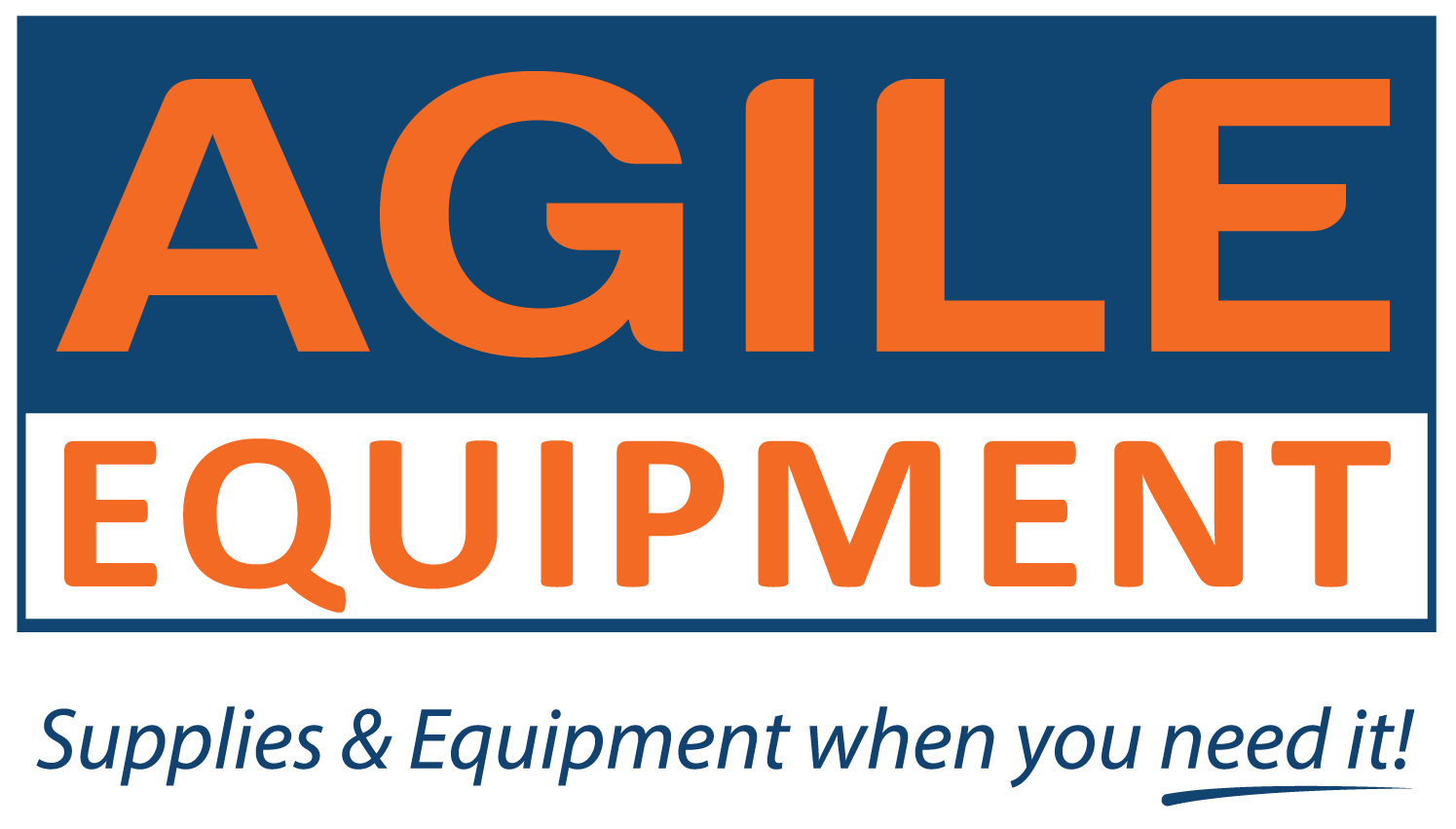Ensuring the right type of drying gear is used for water and flood damage can mean the difference between paying $500 and $5000 dollars (or more!).
In some cases, using the wrong gear can even cause secondary damage.
The aim of this article is to outline the equipment and tools that enable you to save contents and building materials, instead of having to replace them.
Moisture meters
This tool is vital to dry out a building. If you do not have this, you might as well attempt the restoration with a blindfold on.
Materials may be dry to the touch after the initial drying period, however, building construction and materials are always multilayered.
It may have dried on the surfaces, but without a moisture meter, you will never be able to ensure deeply bound moisture has been dried. If mould starts to appear, then you may be liable for secondary damage.
Always use a moisture meter.
Typically, there are two types of moisture measurement. Both measure the impedance of a material to indicate whether the material is wet or not and to what degree.
The first is probe moisture meters. These usually include two prongs (or pins) that can be inserted into materials to get a reading.
This is usually more accurate/consistent than the next step which is non-invasive moisture meters.
These do not require anything to be inserted on the material, rather just to be placed on the material to get the reading.
This way works best as a method of comparison (by getting a definitely dry reading of the same material in the environment and comparing it to a suspected spot of moisture). This works well if you are wanting to avoid placing pinholes into materials.
If you need moisture meters for your next water damage job, you can hire us on 1300 092 647 or visit our moisture meter product for hire here.
Air Movers
Evaporation is vital to water damage restoration. This is achieved efficiently through air movement.
Typically, if you have air movement along a surface you will have evaporation occurring. Depending on the amount and location of wet materials, you will have a range of air movers you can choose from. They will all encourage evaporation, but it is a matter of which unit will most efficiently get the job done.
There are 3 types of air movers most typically used by restoration professionals. See below:
High-pressure carpet dryers
These units are historically the most common type of air mover used on water damage jobs.
They feature high static pressure which works well to blow air in cavities and float carpet.
They use around 2-4 amps of electricity, which will need to be taken into consideration when placing a large amount of gear into a house.
Low profile centrifugal air movers
These units are smaller, slimmer, easier to carry and feature a lower power usage but still deliver a broad drying path at a reasonable air flow rate.
Using these units enables you to be more versatile with the number of air movers you use, and their placement. Highly recommended for residential properties.
Low-pressure axial fans
These units are efficient at moving larger amounts of air at low amp draw. These units do not provide a lot of air pressure, however. They are great at drying hallways or anything at long stretches with no obstructions.
If you need to hire some air movers, check out our air mover hire pages at Air Mover Hire
Dehumidifiers
Evaporation will only happen if the air is dry enough to take on that moisture. If it is a humid day, then evaporation can be severely inhibited.
Dehumidifiers are great at keeping the air as dry as possible to encourage large amounts of evaporation.
There are two types of dehumidifiers that you can use to drying things fast, see below:
Refrigerant dehumidifiers
These dehumidifiers use a refrigerant to cool coils which causes water condensation.
The air is taken in from the area and blown onto the coils. Water condensation occurs, and the resultant water is dripped into a tank. The air is then blown through heating coils and introduced back into the area. The water is periodically drained through a hose outside the area, typically into a drainage system.
These units are very versatile, portable, and easy to set up.
Desiccant dehumidifiers
While refrigerants are versatile, they also have their limitations. They typically only operate within a certain temperature range (20 C° – 50 C°), and can only remove moisture down to a certain level.
Desiccants can, however, operate at a larger temperature range (0-100 C°) and can remove moisture in the air down to a lower level.
The desiccant works by adsorbing water from the air and exhausting out of the area. These usually take a bit longer to set up, as they might require boards/panels to be made up to exhaust the air out of the area efficiently.
Here at Agile Equipment Hire, we stock many dehumidifiers of different sizes and types. If you need to hire dehumidifiers, call us now on 1300 092 647 to discuss your needs, or visit our dehumidifier page at the following link Dehumidifier Hire
Heat Drying Equipment
This type of equipment introduces controlled heat into materials to encourage evaporation. It is important that this type of equipment is monitored to ensure it is not damaging the material.
Though, heat drying this can encourage drying in multi-layered materials and construction with deeply bound water (such as timber flooring, and concrete).
Conclusion
Every water damage will be unique and require a different combination of equipment.
While putting in some air movers and dehumidifiers initially may maintain and prevent further damage, it will take investigation and application of drying knowledge to get everything dried on time and cost-effectively.
Here at Agile Equipment Hire, having 20 years of restoration experience, we can assist with any restoration solutions you may need.
Call us on 1300 092 647 to discuss your needs.

